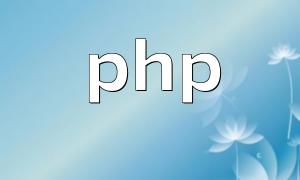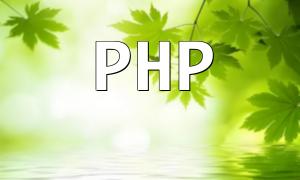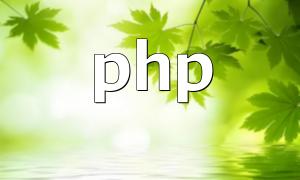With the rapid development of internet technologies, web application security has become a crucial focus for developers. PHP, as a widely used server-side scripting language, faces increasing threats from network attacks. Utilizing firewall technology can effectively improve the security level of PHP applications, preventing malicious attacks and data breaches.
Firewalls serve as an essential line of defense in network security by monitoring and controlling network traffic. In the context of PHP applications, the primary responsibilities of firewalls include:
Blocking unauthorized access to safeguard the application and sensitive information;
Filtering malicious requests to detect and prevent common threats such as SQL injection and cross-site scripting (XSS);
Logging and monitoring traffic to help developers identify abnormal behavior and conduct security analysis promptly.
There are many types of firewalls, and developers should consider performance, features, and usability. Hardware firewalls are often used in large enterprise environments, while software firewalls are more flexible and easier to maintain, making them suitable for most PHP websites. Popular firewall tools include:
ModSecurity: An open-source web application firewall that supports powerful HTTP request filtering;
CSF (ConfigServer Security & Firewall): Designed for Linux servers, offering comprehensive security features;
Cloudflare: A cloud service integrating CDN and DDoS protection, providing efficient web firewall solutions.
As security threats constantly evolve, keeping firewall rules up to date is essential to defend against new attacks.
Reviewing logs and traffic data enables quick detection of anomalies and timely response.
Allow trusted IPs access while blocking malicious IPs to reduce the attack surface.
Integrate firewalls with encryption, HTTPS, input validation, and other security techniques to build a comprehensive defense system.
<?php
// Simple blacklist filtering example
$blacklist = array('sqlmap','hack','union','select','<script>');
$input = $_GET['user_input'];
foreach ($blacklist as $word) {
if (stripos($input, $word) !== false) {
die('Request blocked due to security concerns.');
}
}
// Process normal requests
?>
Firewalls are an indispensable tool for securing PHP applications. Selecting the right firewall product and combining it with effective management and maintenance strategies can significantly improve the security protection of web applications. Staying up to date with security developments and actively updating defense measures are essential to protect applications and user data.









